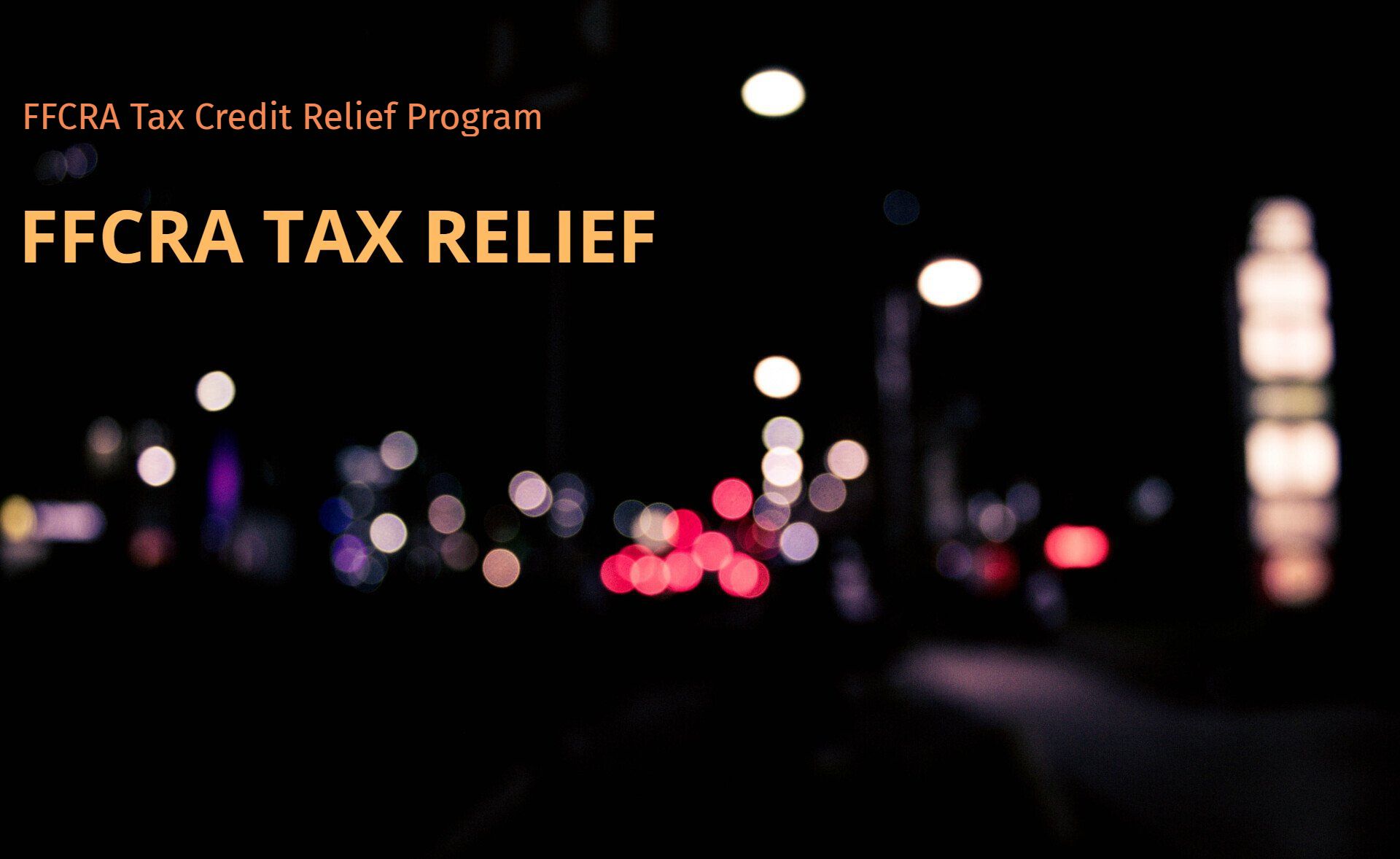FFCRA Tax Reief
Contact FFCRA Tax Relief and speak to one of our SETC specialists and they will help you find out if you qualify for SETC Tax Credits today!
Call: (877) 749 -3195
FFCRA Credits Call: 877-749-3195
Families First Coronavirus Response Act
American Rescue Plan Act / FFCRA Tax Relief
Claim Tax Credits for the Self Employed from Covid - SETC Tax Credit Application...Click Here
Do I Qualify for Tax Credits for Self Employed in 2020, 2021, or 2022?
- A government agency imposed a quarantine or isolation order.
- Your doctor recommended you self-quarantine if you were exposed to Covid-19.
- You were having COVID-19 like symptoms waiting for an appointment with your doctor.
- You were waiting for COVID-19-test results.
- You were getting vaccinated for COVID-19 Vaccine.
- You were experiencing side effects from the Covid-19 Vaccine.
Call: 877-749-3195
-
FFCRA - GET QUALIFIED
Click HereFAMILY FIRST CORONAVIRUS RESPONSE ACT
-
SETC
Click HereSELF EMPLOYED TAX CREDIT
-
FFCRA GET QUALIFIED
Click HereFAMILY FIRST CORONAVIRUS RESPONSE ACT
Call: 877-749-3195
Find out if you qualify for
SETC Tax Credits
How Do I Claim my SETC Refund from the American Rescue Plan Act IRS - Frequently Asked Questions
Who is Eligible for the American Rescue Plan?
American Rescue Plan Act of 2021, signed into law on March 11, 2021
What is the American Rescue Plan Act:
The ARP amended and extended the tax credits available to Eligible Employers providing
paid sick and family leave consistent with the leave provided under the FFCRA. Under the FFCRA, enacted March 18, 2020, employers were required to provide paid leave through two separate provisions: (1) the EPSLA, under which employees received to up to 80 hours of paid sick time when they were unable to work for certain reasons related to COVID-19, and (2) Expanded FMLA, under which employees received paid family leave to care for a child whose school or place of care was closed or child care provider was unavailable for reasons related to COVID-19. The obligation for employers to provide paid leave under the EPSLA and the Expanded FMLA applied to qualified leave wages paid with respect to leave taken by employees beginning on April 1, 2020, through December 31, 2020. The FFCRA provided that Eligible Employers providing paid leave that satisfied the requirements of the EPSLA and the Expanded FMLA for the periods of time during which employees were unable to work (including telework) were permitted to claim fully refundable tax credits to cover the cost of the paid leave wages. Certain self-employed persons in similar circumstances were entitled to similar credits. The Relief Act extended the tax credits available to Eligible Employers for paid sick and family leave that would have satisfied the requirements of the EPSLA or Expanded FMLA, as amended for purposes of the Relief Act, for qualified leave wages paid with respect to leave taken by employees through March 31, 2021.
Download PDF for American Rescue Plan
Who is Eligible for the American Rescue Plan?
Under the ARP, refundable tax credits are available to Eligible Employers providing paid sick and family leave wages that otherwise would have satisfied the requirements of the EPSLA and Expanded FMLA, as amended for purposes of the ARP, paid with respect to leave taken by employees beginning on April 1, 2021, through September 30, 2021. The ARP codified these credits in sections 3131 through 3133 of the Code. These tax credits are increased by the Eligible Employer's cost of maintaining health insurance coverage allocable to the qualified leave wages ("allocable qualified health plan expenses") and certain amounts paid under collectively bargained agreements by the Eligible Employer that are properly allocable to the qualified leave wages ("certain collectively bargained contributions"). Under section 3133 of the Code, the tax credits are also increased by the employer's share of social security and Medicare taxes imposed on the qualified leave wages.
Claim IRS Refund for Tax Credits for Self Employed from Covid 19. Under the American Rescue Act and based on FFCRA eligibility for Self Employed Tax Credits.
FREE Consultation on who is eligible for the American Rescue Plan Call: 877-749-3195




